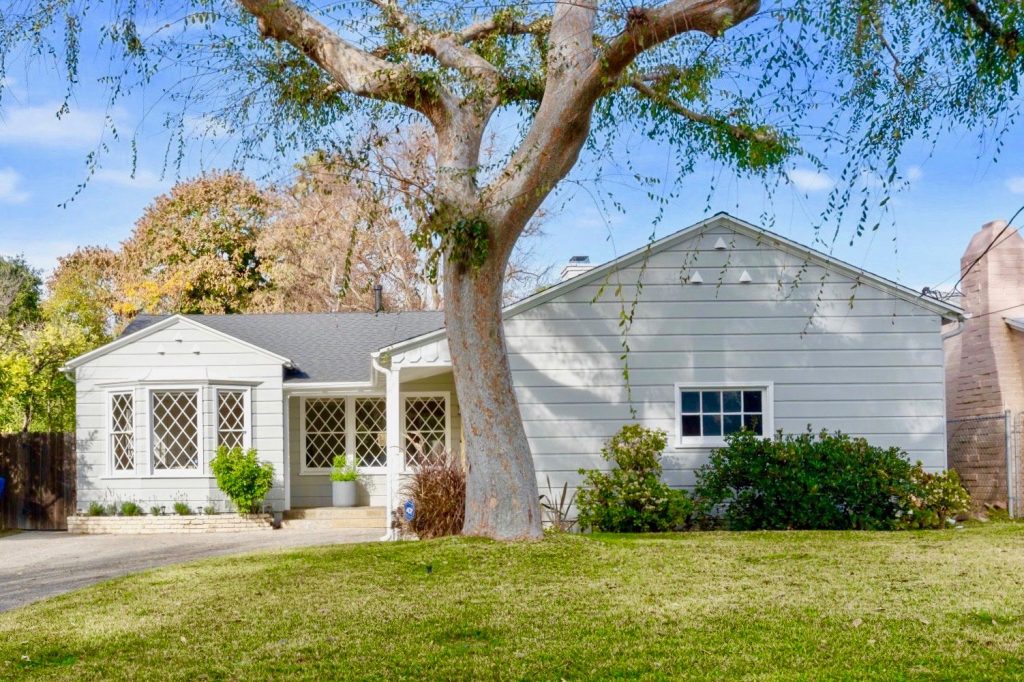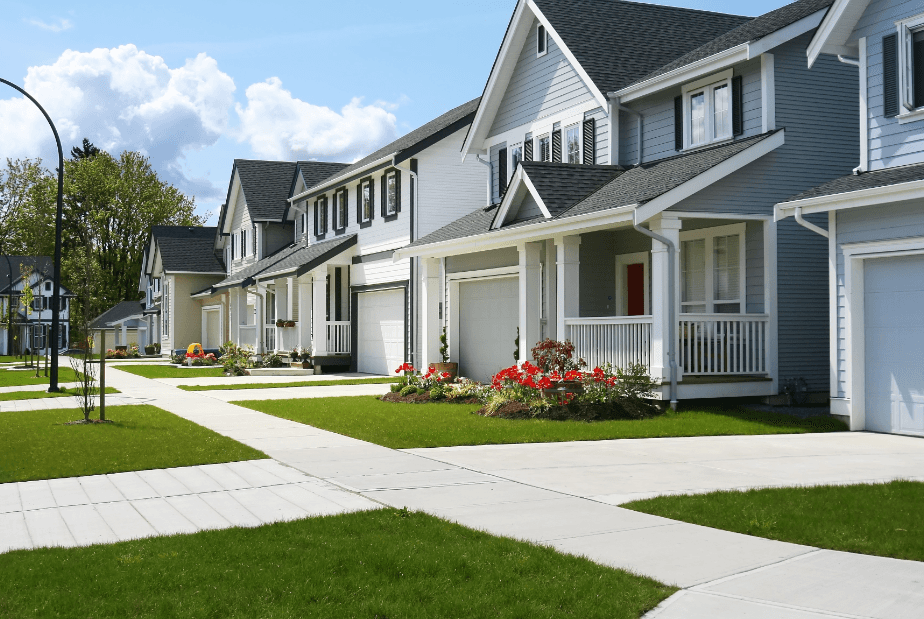
Exploring the Contrasts: Rural and Urban Homes in North Carolina
Introduction:
North Carolina, a state known for its diverse landscapes, offers a unique choice for residents: rural or urban living. The decision between these two options can significantly shape the lifestyle and experiences of individuals and families.
Section 1: Rural Homes in North Carolina
Characteristics:
Rural homes in North Carolina are often characterized by expansive plots of land, providing residents with ample space and a sense of tranquility. These areas boast open landscapes, showcasing the state’s natural beauty. Additionally, rural neighborhoods are known for their quiet surroundings, fostering a closer connection to nature. The sense of community is palpable, with tight-knit neighborhoods where everyone knows their neighbors.
Lifestyle:
Life in rural North Carolina emphasizes a slower pace. Residents may have the opportunity to engage in agriculture or gardening, fostering a hands-on connection with the land. While the sense of community is strong, challenges may arise due to limited access to certain amenities, necessitating longer drives for shopping, healthcare, and entertainment.
Section 2: Urban Homes in North Carolina
Characteristics:
Urban living in North Carolina contrasts with the spaciousness of rural areas. Residents of urban homes enjoy proximity to a myriad of amenities, employment opportunities, and cultural activities. Housing options range from apartments in the heart of the city to townhouses on its outskirts. The urban environment is characterized by a vibrant atmosphere, reflecting the diversity and dynamism of city life.
Lifestyle:
The urban lifestyle in North Carolina is synonymous with convenience. Services, entertainment, and job opportunities are readily accessible. The fast-paced nature of city living can provide a range of experiences and contribute to personal and professional growth. However, higher population density may result in a trade-off, with potential challenges related to traffic congestion and a more competitive housing market.
Section 3: Factors Influencing Choice:
Commute and Accessibility:
One critical factor influencing the choice between rural and urban living is commute time and accessibility. Rural residents often face longer commutes to workplaces and amenities, whereas urban dwellers enjoy the convenience of shorter travel distances.
Community Atmosphere:
The community atmosphere plays a vital role in the decision-making process. Rural areas foster close-knit communities where residents share a strong sense of belonging. In contrast, urban settings offer diverse social interactions but may lack the intimacy found in rural neighborhoods.
Key Takeaways
- Rural Living:
- Characteristics:
- Expansive plots, open landscapes, and tranquility.
- Strong sense of community in tight-knit neighborhoods.
- Lifestyle:
- Emphasis on a slower pace of life and connection to nature.
- Opportunities for agriculture or gardening.
- Challenges with limited access to amenities may require longer drives.
- Urban Living:
- Characteristics:
- Proximity to amenities, employment, and cultural activities.
- Diverse housing options, reflecting the dynamic city life.
- Lifestyle:
- Convenience with readily accessible services and entertainment.
- Fast-paced environment contributing to personal and professional growth.
- Potential challenges with higher population density and competition for housing.
- Factors Influencing Choice:
- Commute and Accessibility:
- Rural areas may have longer commutes, while urban living offers shorter travel distances.
- Community Atmosphere:
- Rural living fosters close-knit communities; urban settings offer diverse social interactions but may lack intimacy.
- Decision-Making:
- The choice between rural and urban homes in North Carolina involves a careful consideration of personal preferences and priorities.
- Each lifestyle presents unique advantages and challenges.
Bottom Line:
Choosing between rural and urban homes in North Carolina ultimately boils down to individual preferences and priorities. Rural living offers expansive landscapes, a strong sense of community, and a slower pace of life, albeit with challenges related to access to amenities. On the other hand, urban living provides proximity to a variety of services, employment opportunities, and a dynamic lifestyle, accompanied by potential challenges associated with higher population density.
The decision hinges on striking a balance between the desire for tranquility and community found in rural areas and the convenience and opportunities offered by urban environments. North Carolina, with its diverse housing landscapes, caters to a spectrum of preferences, ensuring that residents can find a place that aligns with their lifestyle and aspirations.



0 Comments